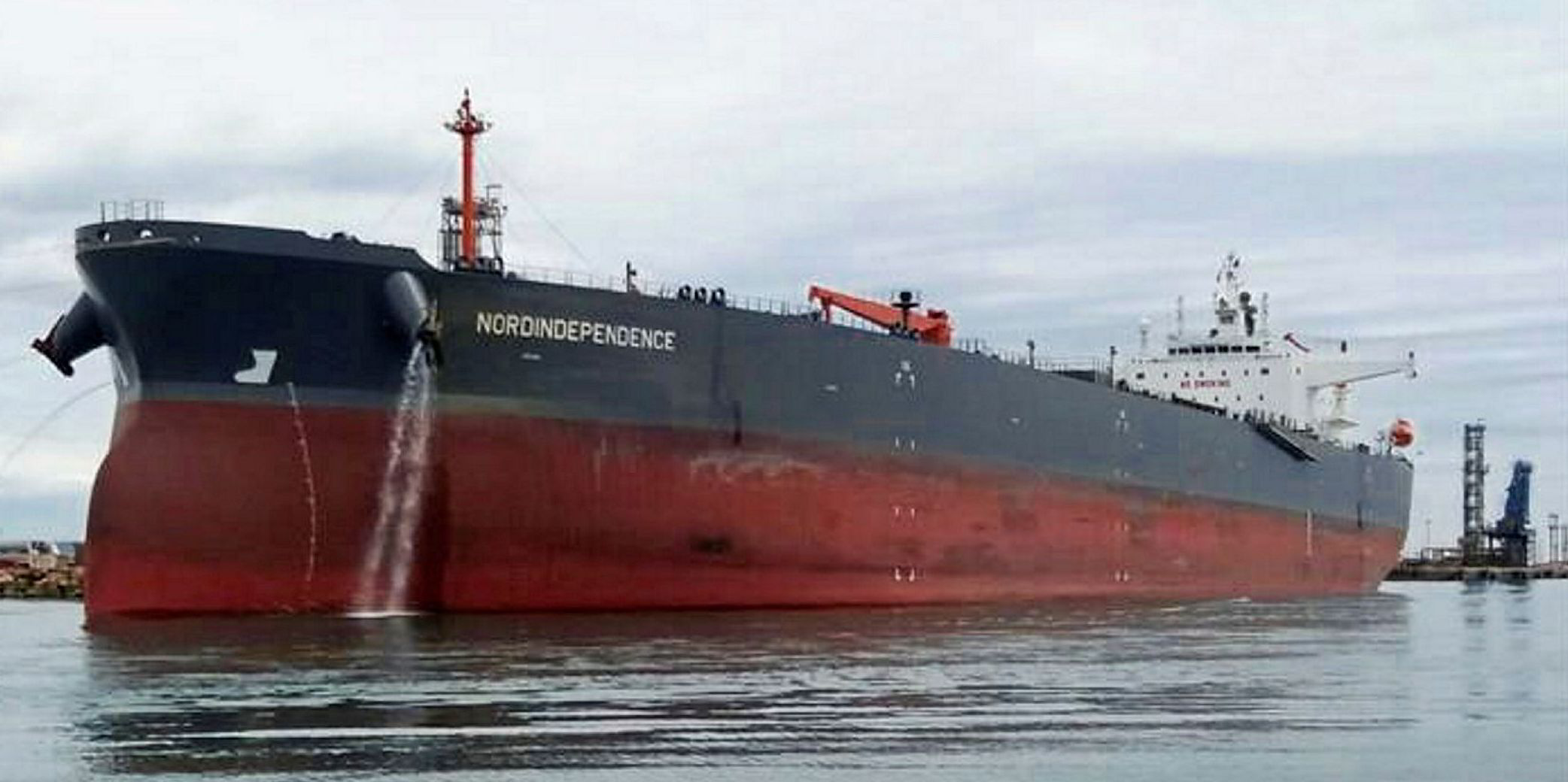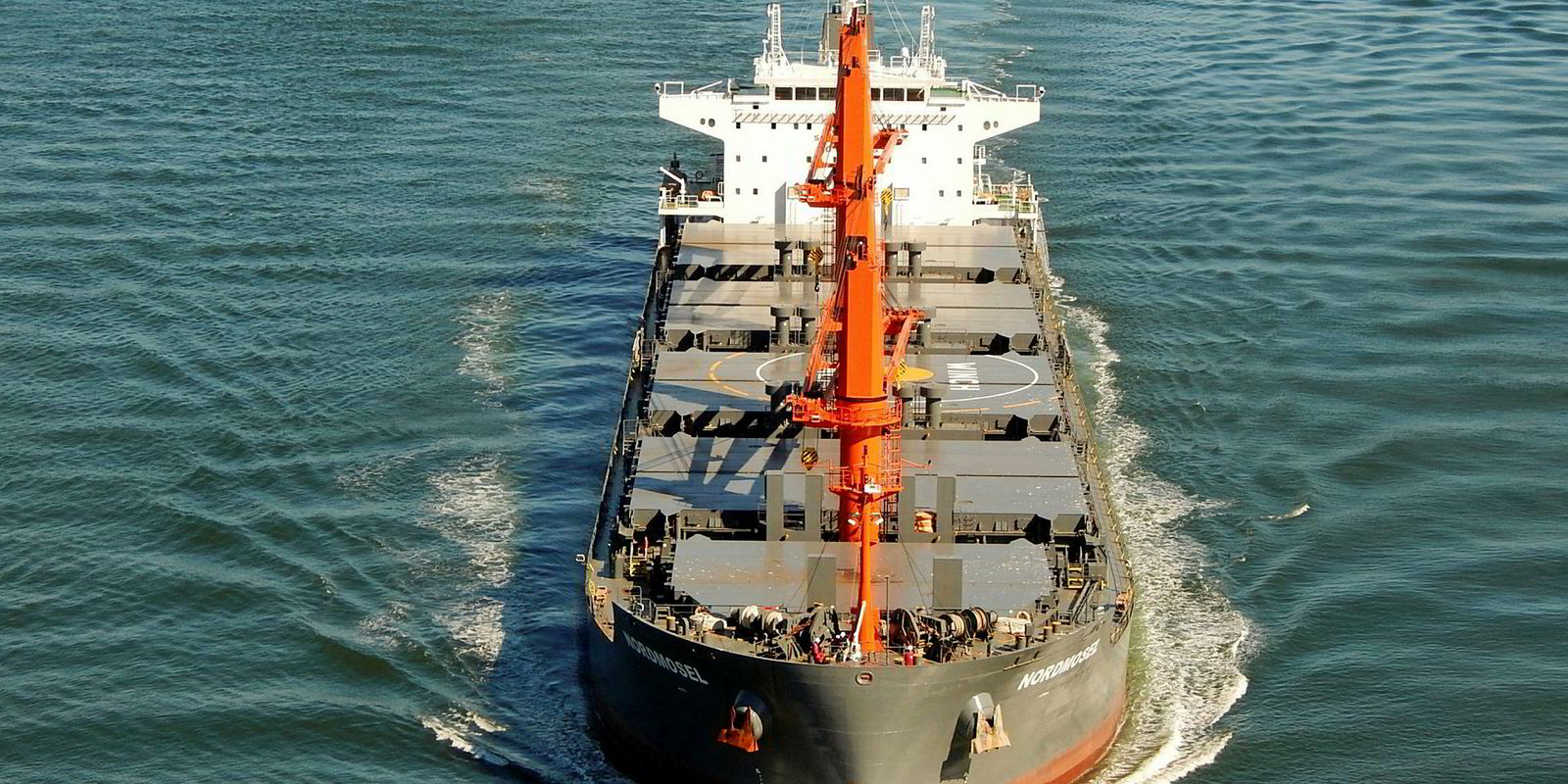A Reederei Nord aframax tanker has been held in the port of Primorsk in Russia after it was involved in an allision with a mooring structure.
The 112,000-dwt tanker Nordindependence (built 2018) is being held at the request by a local terminal operator seeking a security deposit.
The tanker was involved in an allision with a mooring dolphin on 26 August.
The vessel had completed loading operation and was departing the port of Primorsk.
It was under pilotage and assisted by three tugs at the time of the incident.
None of the crew were injured and no pollution occurred, but the vessel suffered minor damage to the hull above the waterline. However, it has been cleared by its classification society, Lloyds Register, to proceed with its voyage.
The vessel is one of 14 ships in the N2Tankers pool, formed in October 2018 by Nord and Nissen Kaiun. It is managed by Reederei Nord's Amsterdam-based tanker division.
"Owners and managers are currently in contact with local stakeholders to complete the formalities for the security bond in order to resume the ship’s voyage at the earliest opportunity," a spokeperson for the company said.
The incident comes nearly four years after an aframax by Greece's Delta Tankers was held at the same port for striking a quay. The ship wasn't released before a year-long legal ordeal and settlement that cost the International Group of Protection & Indemnity Clubs a whopping $27m.
The last time a Nord aframax was involved in an allision was in February 2016, when it hit shore structures in the Mississippi River.
That incident proved costly with the 116,000-dwt Nordbay (built 2007) causing $6.4m of damage to itself, a dock and a wharf near New Orleans, as the US National Transportation Safety Board (NTSB) found at the time.
In that incident, the Nordbay was found to have hit Mississippi River shore structures for a second time in an hour because the master was distracted by making a phone call about the first allision.
The NTSB declared that the probable cause of the two accidents was the pilot and the master not adequately assessing the risks of handling the ballasted vessel during high-river conditions with strong following currents while turning into the wind.






